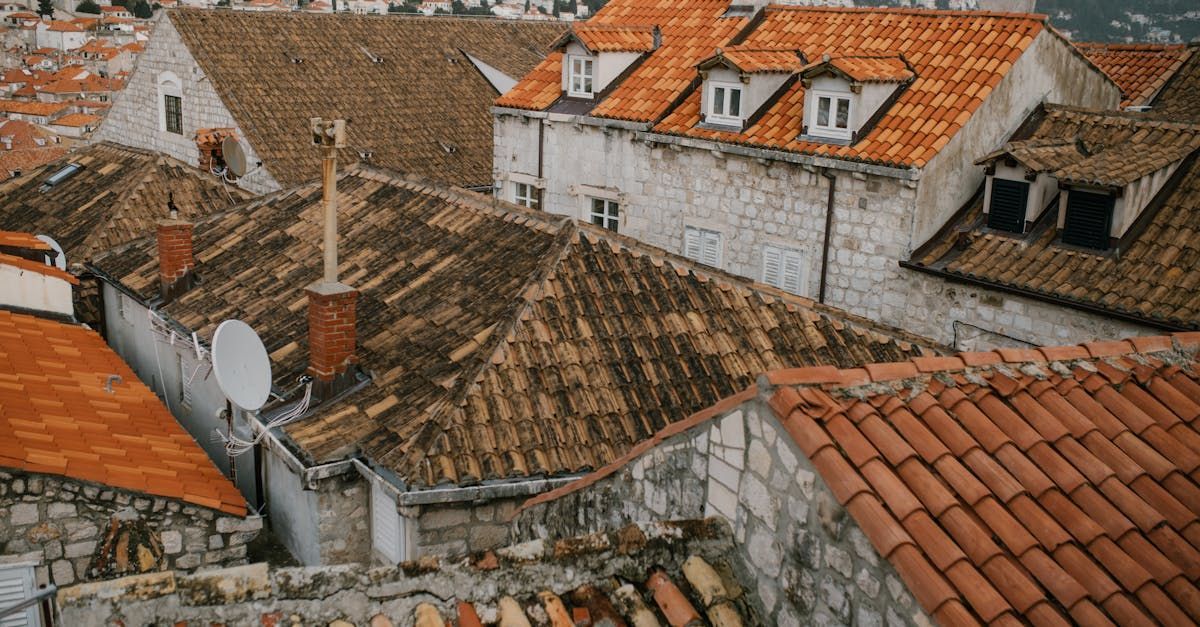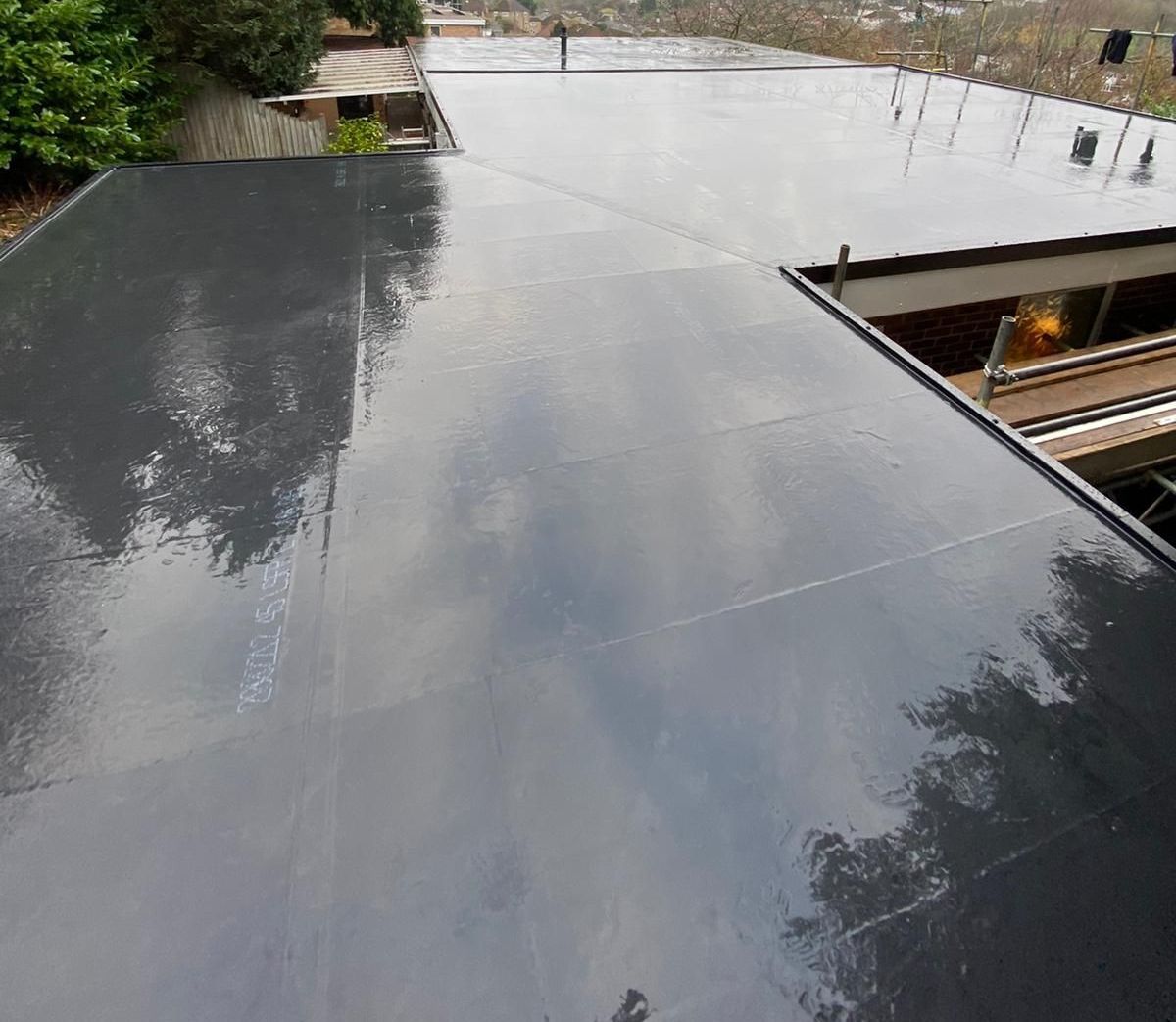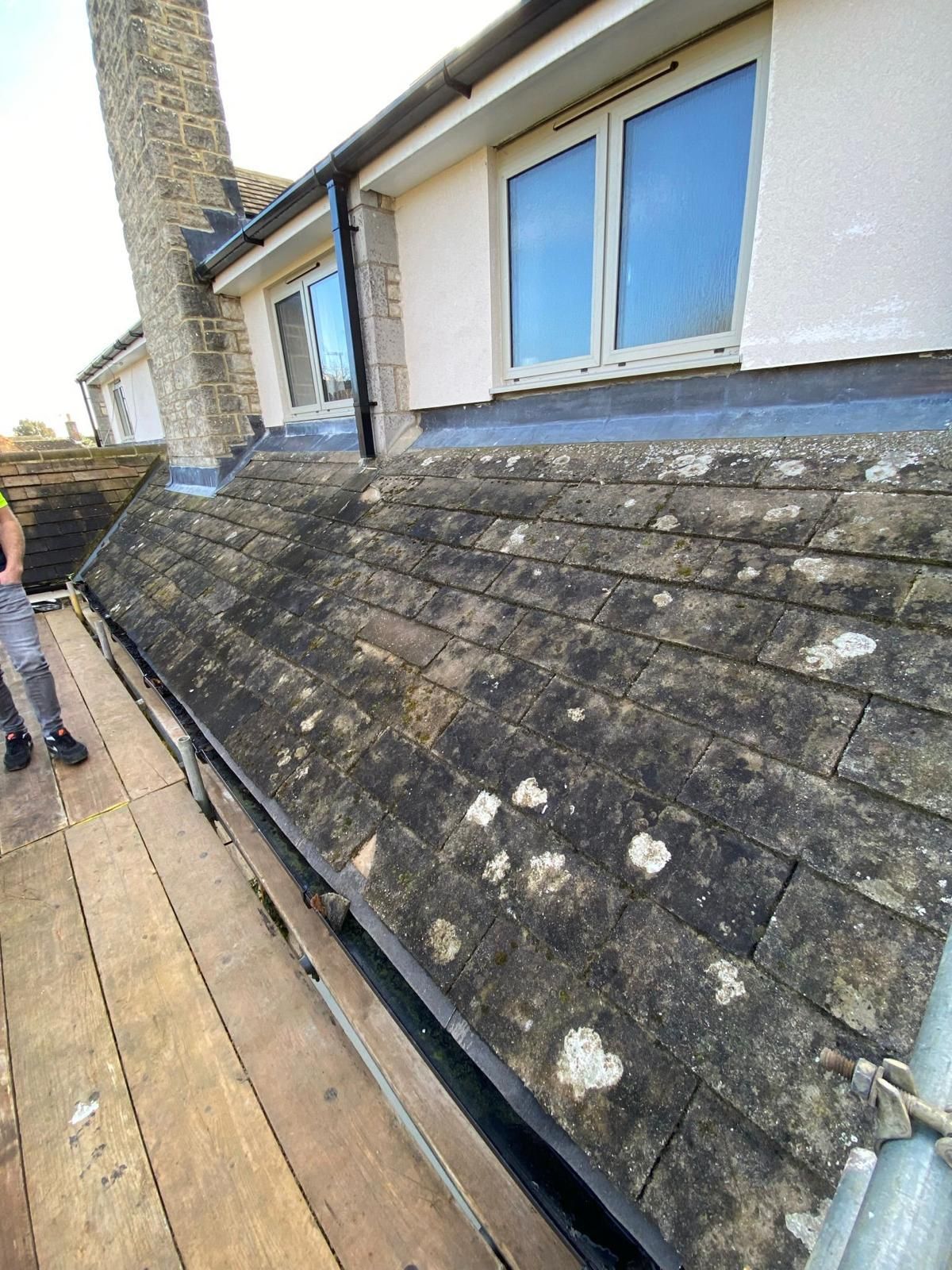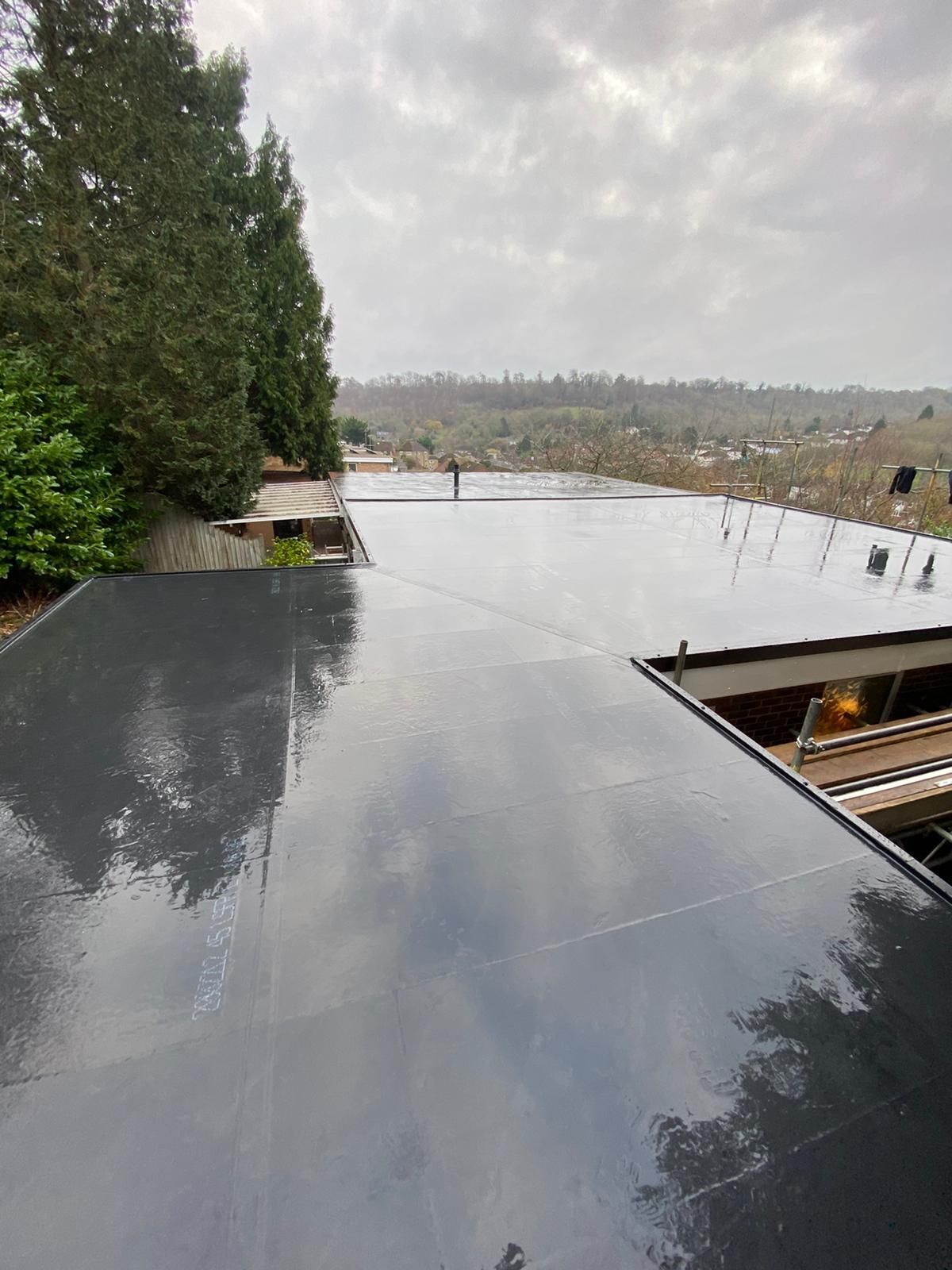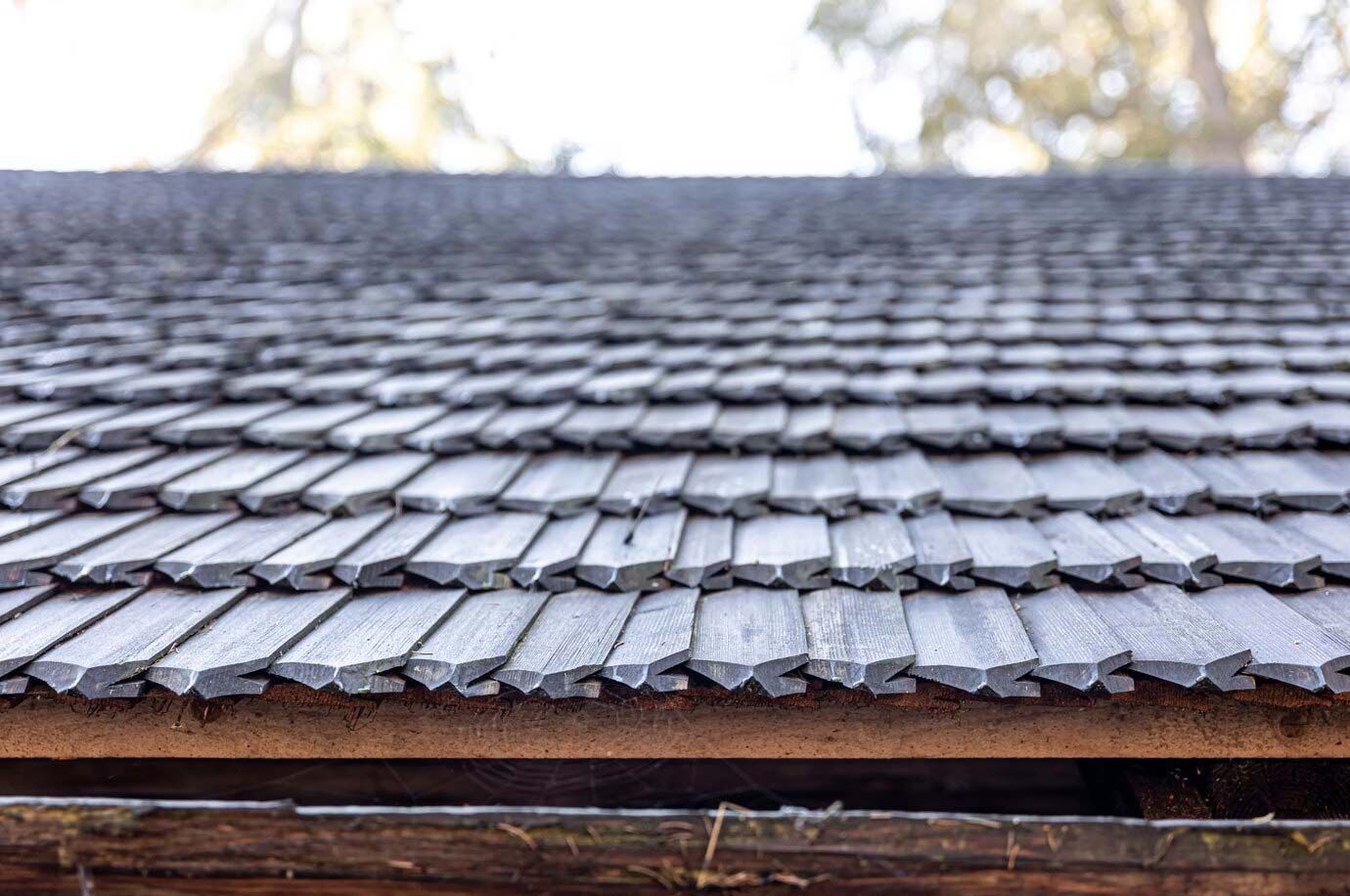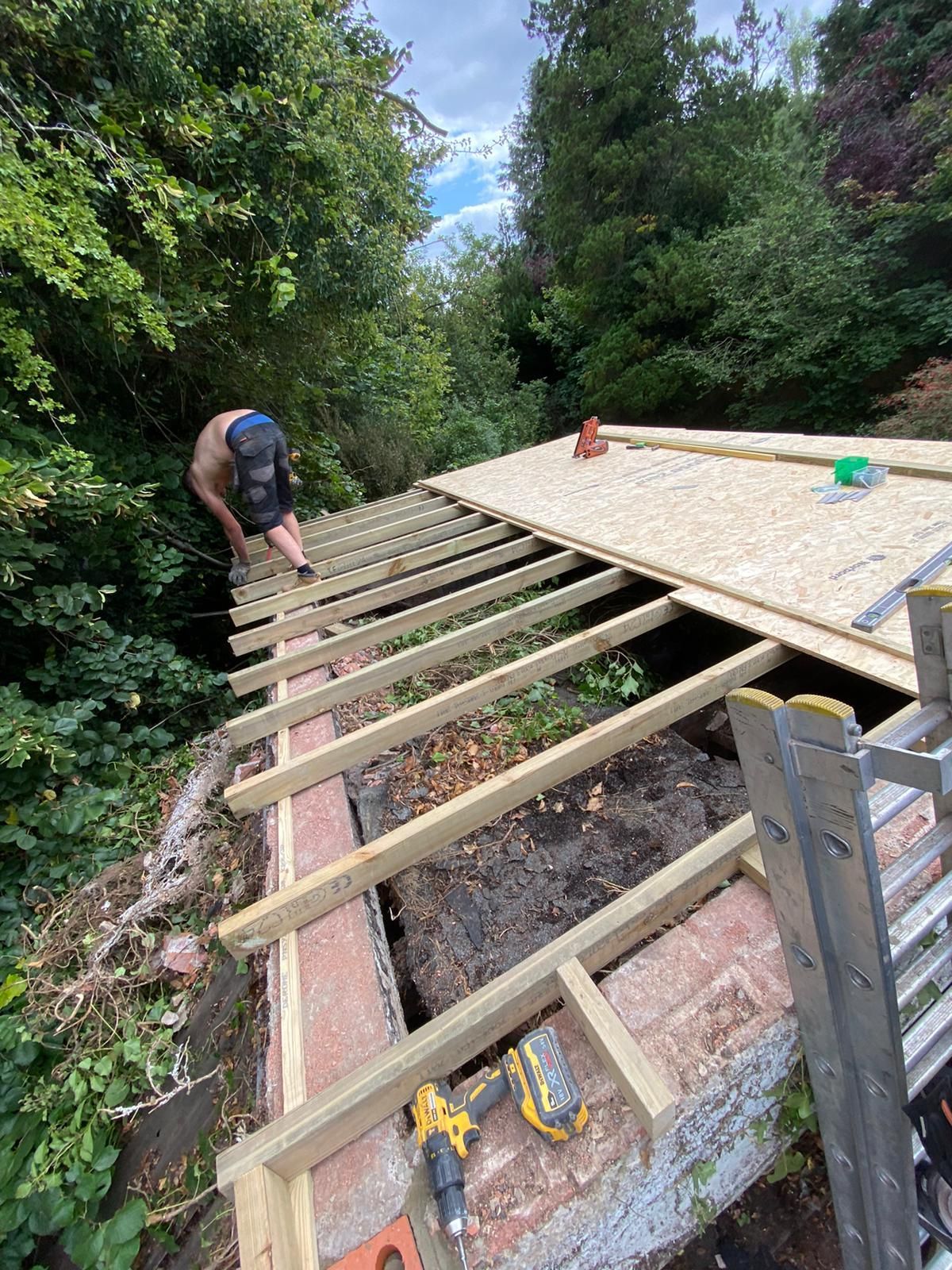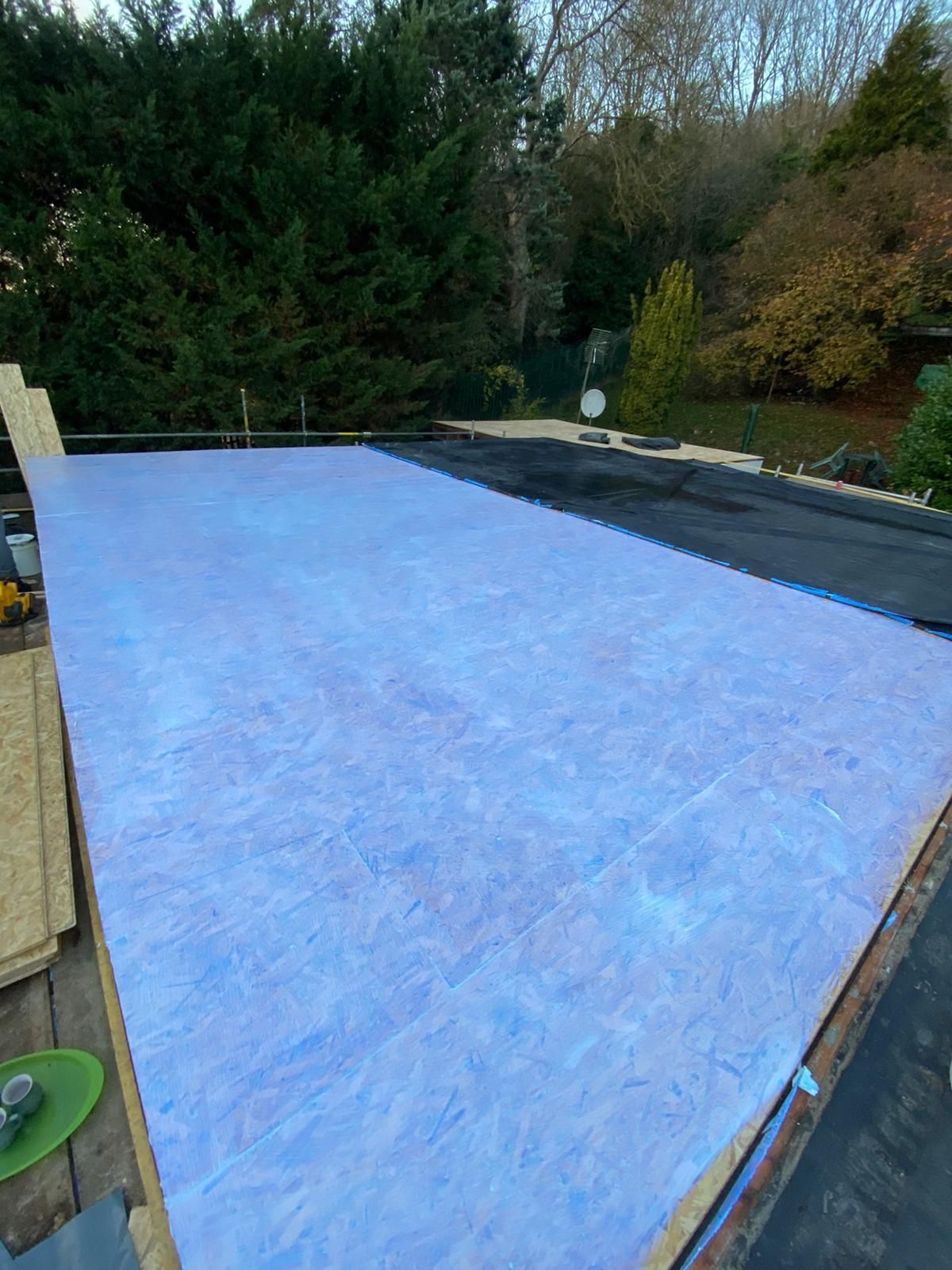EPDM vs Felt Roofing: What’s Best for Your Flat Roof?
Introduction
Flat roofs are a popular choice for modern homes and commercial properties, offering a sleek and functional design that maximises usable space. However, when it comes to choosing the right roofing material for a flat roof, many property owners face a tough decision: EPDM or felt roofing. Both materials have unique advantages, but understanding the distinctions is key to making an informed choice.
In this guide, we’ll compare EPDM and felt roofing in terms of durability, cost, maintenance, and environmental impact, helping you determine which option is better suited for your needs. Whether you’re renovating your home or constructing a new property, this post will equip you with the insights you need to make the right decision.
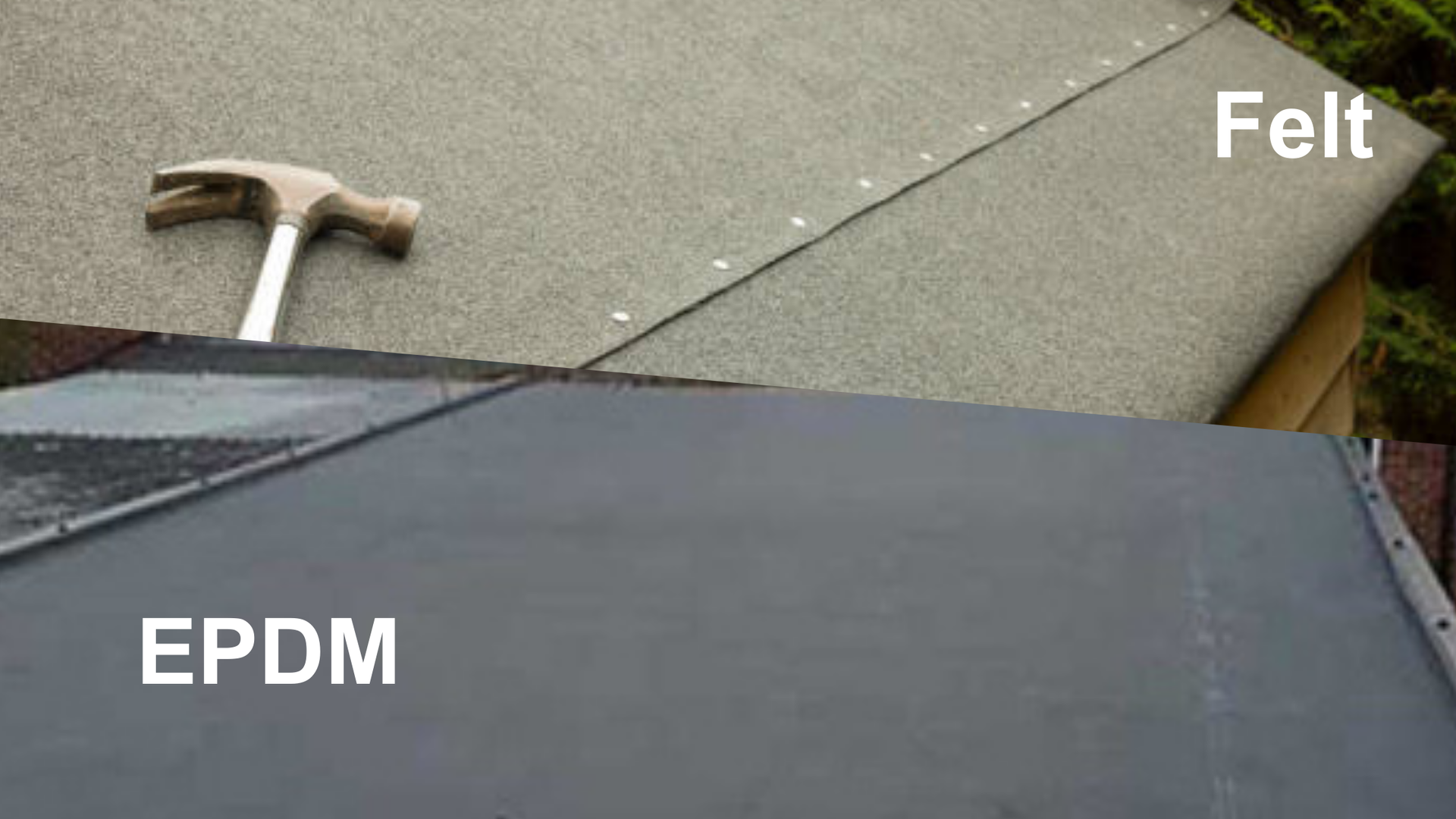
What is EPDM Roofing?
Ethylene Propylene Diene Monomer (EPDM) roofing is a high-performance rubber membrane that’s become popular for flat roofs in both residential and commercial applications. Manufactured from synthetic rubber, EPDM is known for its long lifespan, weather resistance, and versatility. EPDM roofing is particularly well-suited for the UK's unpredictable weather, as it offers excellent resistance against rain, snow, UV rays, and fluctuating temperatures. It’s typically installed as a single sheet, which minimises the risk of leaks caused by seams.
Key Features of EPDM Roofing
- Durability: EPDM roofs can last 30-50 years with proper maintenance.
- Flexibility: The material is highly elastic and can stretch to adapt to changes in temperature or building movement.
- Weather Resistance: EPDM is waterproof and UV-resistant, making it ideal for all weather conditions.
- Low Maintenance: Once installed, EPDM requires minimal upkeep.
- Eco-Friendly:
EPDM roofing is often recyclable and available in lighter shades to help reduce heat absorption.
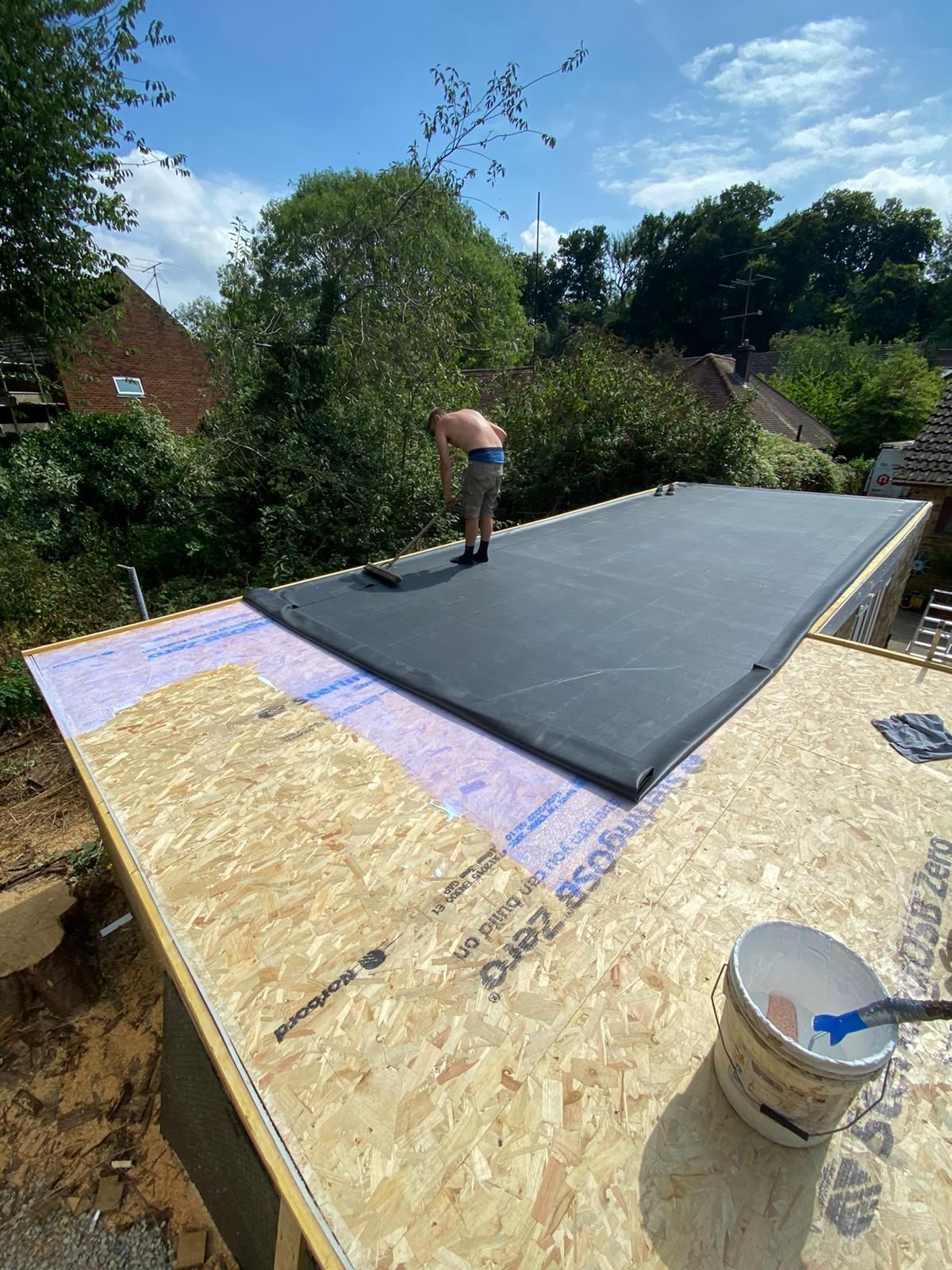
What is Felt Roofing?
Felt roofing has been a traditional choice for flat roofs for decades. It involves layering bitumen-based materials over a substrate to create a durable, weatherproof surface. Felt roofs are typically installed using heat to bond the layers or with adhesives for a seamless finish.
While felt roofing may have been overtaken by newer materials like EPDM in terms of durability and performance, it remains a cost-effective option for homeowners on a budget.
Key Features of Felt Roofing
- Affordability: Felt roofing is one of the most cost-effective flat roofing options.
- Ease of Installation: The installation process is straightforward, often taking just a day or two for small projects.
- Multi-Layer Protection: Felt roofs usually consist of overlapping layers of material, providing an extra barrier against leaks.
- Repairable:
Damaged sections of a felt roof can be repaired without requiring an entire replacement.
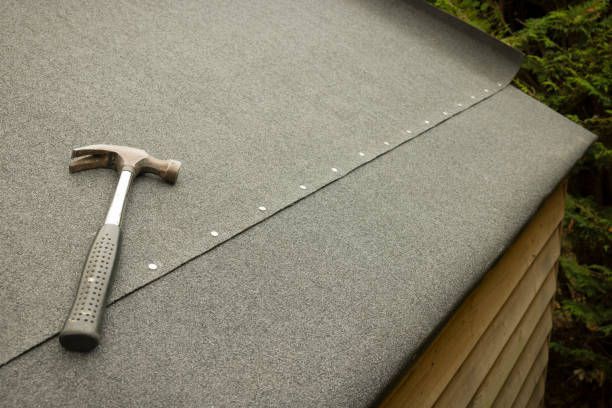
Comparing EPDM and Felt Roofing
When deciding between EPDM and felt, understanding how they compare across critical factors is essential. Let’s explore their distinctions in more detail.
Durability
- EPDM Roofing: EPDM is incredibly durable, with a lifespan of 30-50 years, thanks to its resistance to UV rays, weather extremes, and general wear and tear. It doesn’t easily crack, split, or deteriorate over time.
- Felt Roofing: Felt has a shorter lifespan, averaging between 10-20 years. While it’s sturdy enough to withstand typical weather conditions, felt can become brittle over time and may develop cracks or tears if exposed to prolonged extremes of heat or cold.
Cost
- EPDM Roofing: The initial cost of EPDM is higher than felt due to the advanced materials and technology involved. However, its long lifespan and low maintenance needs make it a cost-effective option in the long run.
- Felt Roofing: Felt roofing is more affordable upfront, costing less per square metre. However, the shorter lifespan and higher maintenance demands can make it more expensive over time.
Environmental Impact
- EPDM Roofing: EPDM is an eco-friendly choice, as it’s often recyclable, and lighter-coloured options can help improve energy efficiency by reflecting sunlight. Its long lifespan also means fewer materials end up in landfills.
- Felt Roofing: Felt is typically made from bitumen, a petroleum-based material, which is less sustainable. Additionally, the shorter lifespan of felt means it’s replaced more frequently, contributing to higher material use over time.
Maintenance Requirements
- EPDM Roofing: Once installed, EPDM roofs are virtually maintenance-free. Occasional cleaning and inspections are enough to keep them in excellent condition.
- Felt Roofing: Felt roofs require more frequent maintenance, particularly in the UK’s damp climate. Regular inspections are needed to address any signs of cracking, water pooling, or damage from extreme weather.
Which Roofing Option is Better for UK Homes?
The answer depends largely on your priorities. If you’re looking for a durable, low-maintenance solution that will last for decades, EPDM roofing is the better choice. It’s ideal for property owners who want a weather-resistant, sustainable material that delivers long-term value.
"EPDM's resilience and longevity make it a superior choice for UK homeowners seeking a long-term, weather-resistant roofing solution."
On the other hand, if your budget is tight and you need a quick and cost-effective fix, felt roofing may be the more practical option. However, it’s worth considering the potential future costs associated with repairs and replacements.
For UK homeowners, the weather plays a significant role in roofing decisions. The durability and weather resistance of EPDM makes it an excellent choice for Britain’s rainy conditions. Felt roofing, while serviceable, may require more upkeep in the damp climate.
"Felt roofing remains a budget-friendly option for UK homeowners, but its long-term performance can be affected by the UK's variable weather."
EPDM vs. Felt Roofing Comparison
| Feature | EPDM Roofing | Felt Roofing |
|---|---|---|
| Lifespan | 30-50 years | 10-20 years |
| Cost | Higher initial cost, lower long-term cost | Lower initial cost, higher long-term cost |
| Maintenance | Minimal | Regular inspections and maintenance |
| Weather Resistance | Excellent | Good, but less resistant to extremes |
| Environmental Impact | Recyclable, longer lifespan | Petroleum-based, shorter lifespan |
| Installation | Single-sheet, seamless | Multi-layered, potential for seams |
| Flexibility | High | Moderate |
| Weight | Lightweight | Lightweight |
Why Choose Aztec Roofing for Your Flat Roof Installation?
At Aztec Roofing, we understand that every property is unique, and a one-size-fits-all approach simply doesn’t work. Our experienced team specialises in both EPDM and felt roofing, offering tailored advice to help you choose the best option for your needs and budget.
Here’s why Aztec Roofing should be your trusted partner for flat roof installations:
- Expert Knowledge: With years of experience, we offer industry-leading expertise in flat roofing solutions.
- Top-Quality Materials: We use only the highest quality EPDM and felt materials, ensuring long-lasting results.
- Attention to Detail: Our skilled roofers take pride in their workmanship and precise, professional installations.
- Transparent Pricing: No hidden costs—just honest, competitive pricing for all our services.
- Comprehensive Services: From new installations to repairs, we’re your one-stop shop for all flat roofing needs.
Whatever you decide, our team is here to provide personalised guidance and answer any questions you may have about EPDM vs. felt roofing. We’re committed to delivering reliable, high-quality roofing solutions across the UK.
Conclusion
Choosing between EPDM and felt roofing ultimately comes down to your specific needs and priorities. While EPDM offers superior durability, minimal maintenance, and long-term cost savings, felt roofing appeals to its affordability and ease of installation.
At Aztec Roofing, we’re dedicated to helping UK residents make informed decisions for their flat roof projects. If you have any questions or would like to discuss your roofing options, don’t hesitate to get in touch with us. Contact us today for a free consultation, and let’s find the perfect roofing solution for your property.


